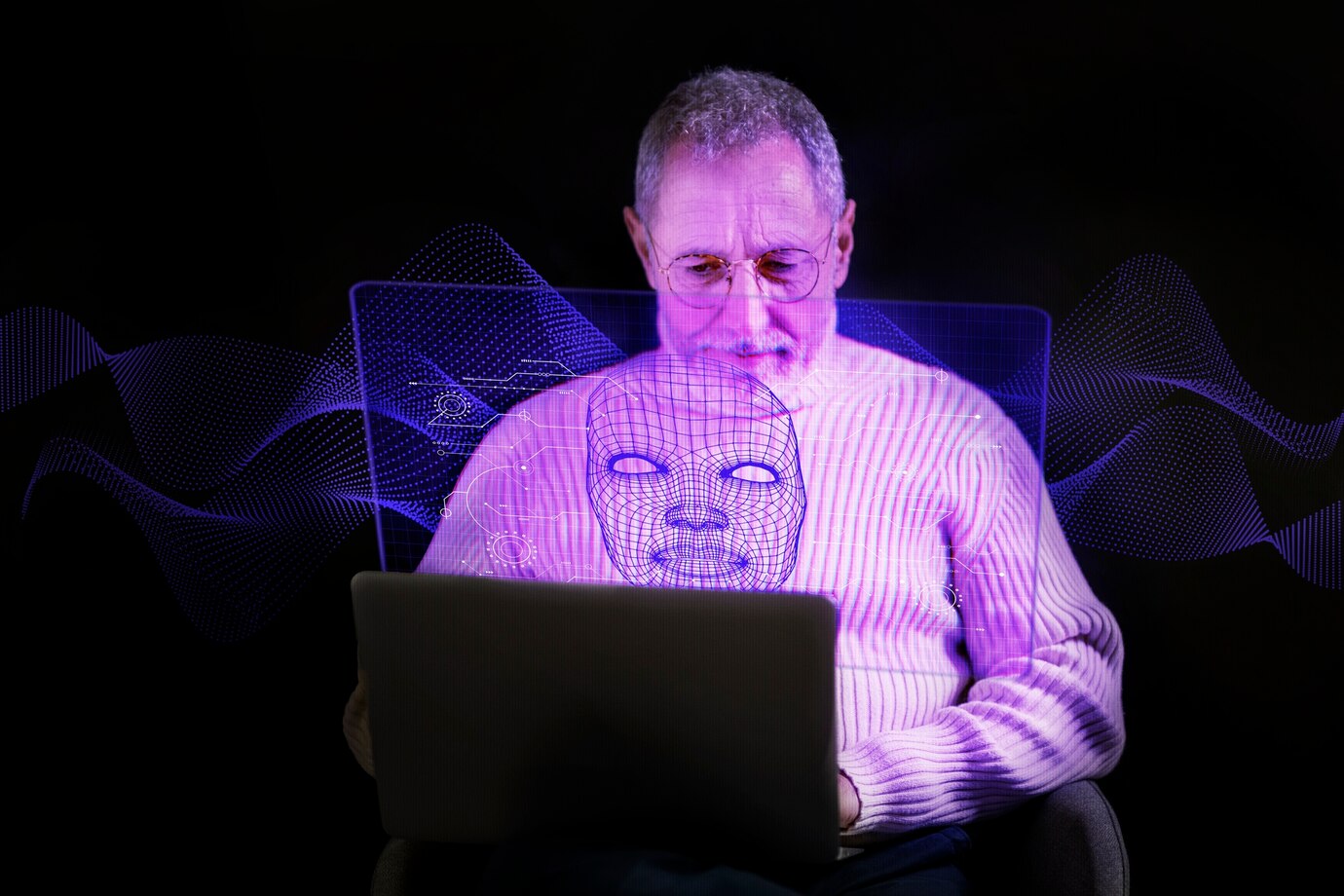Users will attempt to distinguish between authentic and harmful material as they go through the deepfakes. New technologies have a history of causing unjustified public panic. At the risk of seeming dramatic, the fears about the possible consequences of deepfakes are well-founded. Malicious actors have already started using deepfake audio and video in their spear-fishing and social engineering tactics, as the FBI’s cyber branch observed in a recent notice to private business. Artificial media will grow in popularity as deepfake technology become more widely available and convincing. This might have major geopolitical ramifications. If you are blackmailed by
العميق التزييف, you can contact us.
Deepfakes’ Current Situation
Deepfake technologies, like consumer picture and video editing tools, are neither intrinsically good nor evil, and they will be adopted by the general public at some point. To be honest, there are already some well-liked apps like FaceSwap and Avatarify that are ready to use. The First Amendment protects this synthetic material, despite the fact that many of these applications include disclaimers. So long as the material isn’t being used for unlawful purposes, which is currently happening. Deepfake communities congregate on Dark Web forums to exchange information, provide deepfakes as a service (DaaS), and purchase and sell material. Deepfake audio is currently more harmful than deepfake video, based on the information available at this time. Because consumers can’t depend on visual clues to tell the difference between real and false audio, this kind of deepfake is highly useful for social engineering. The CEO of a UK-based energy business transferred $243,000 to a Hungarian supplier after being tricked by a deepfake audio assault in March 2019. A Philadelphia man was the victim of an audio spoofing assault last year. Bad actors are aggressively employing deepfake audio for monetary advantage, as seen by these cases. We can protect you from فيك الديب very easily.
A greater concern is raised by deepfake video assaults than true ones. Deepfake video calls appeared to have targeted European politicians, but it turned out that the attacks were made by two Russian pranksters, one of whom looks strikingly like Leonid Volkov, the chief of staff for anti-Putin politician Alexei Navalny. The attacks were carried out by two Russian pranksters Nevertheless, this geopolitical episode and the response to it indicate how wary we’ve gotten of deepfake technology, which is concerning. Fake attacks are on the rise, and satellite images pose a serious military and political challenge are becoming more prevalent headlines. Although the fear of deepfakes seems to be exceeding real assaults, this does not indicate that people’s anxiety is unfounded. Even today, some of the most well-known deepfakes require significant time and effort on the part of the faker. Belgian video effects expert Chris Ume and actor Miles Fisher worked together to create the infamous Tom Cruise deepfake film that went viral last year. This film was not simple to build even though Ume was able to utilise DeepFaceLab, the open source deepfake technology responsible for 95% of all existing deepfakes. The AI-based model was educated by Ume over a period of months, and then Fisher’s mannerisms and CGI tools were added.

Leave a Reply